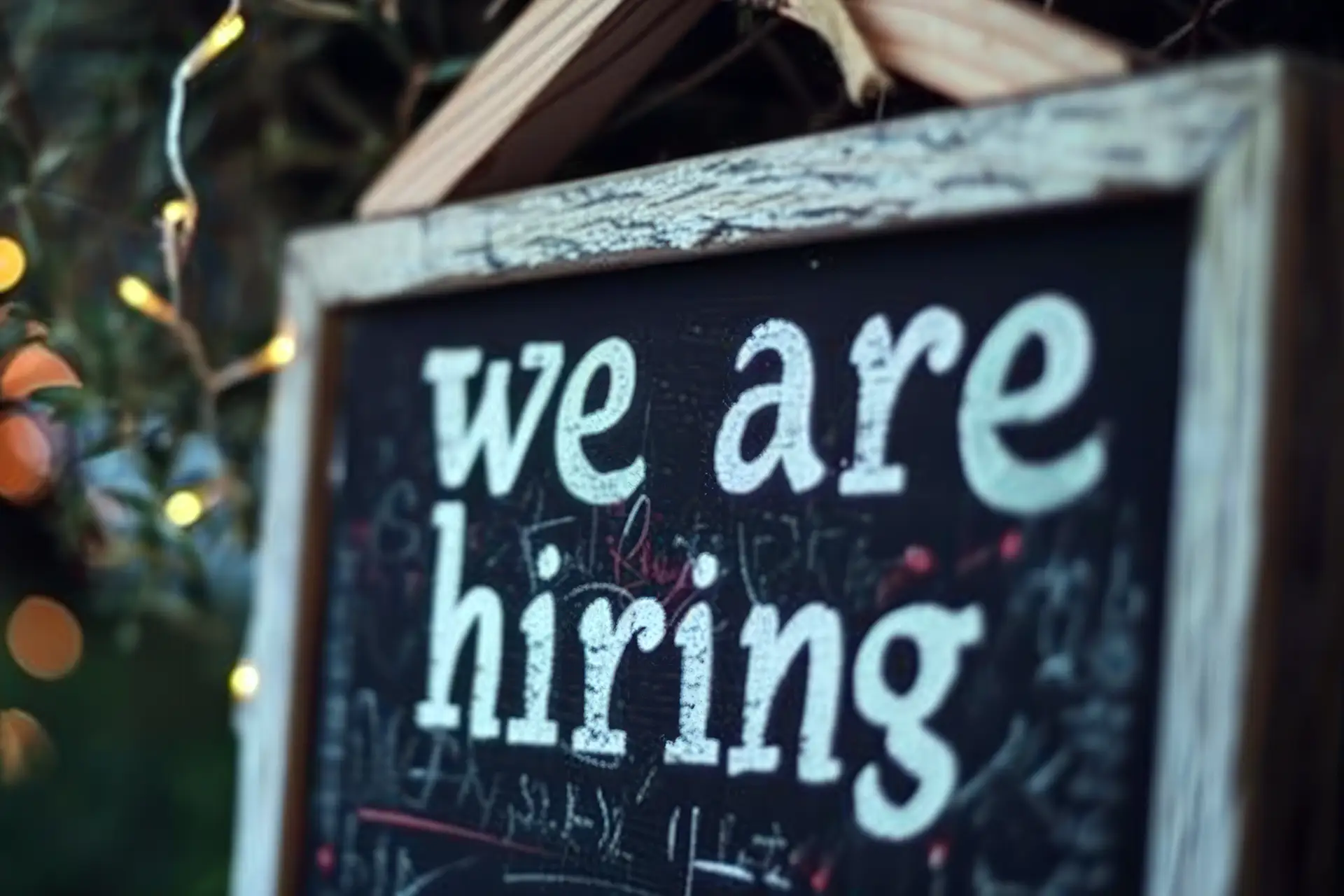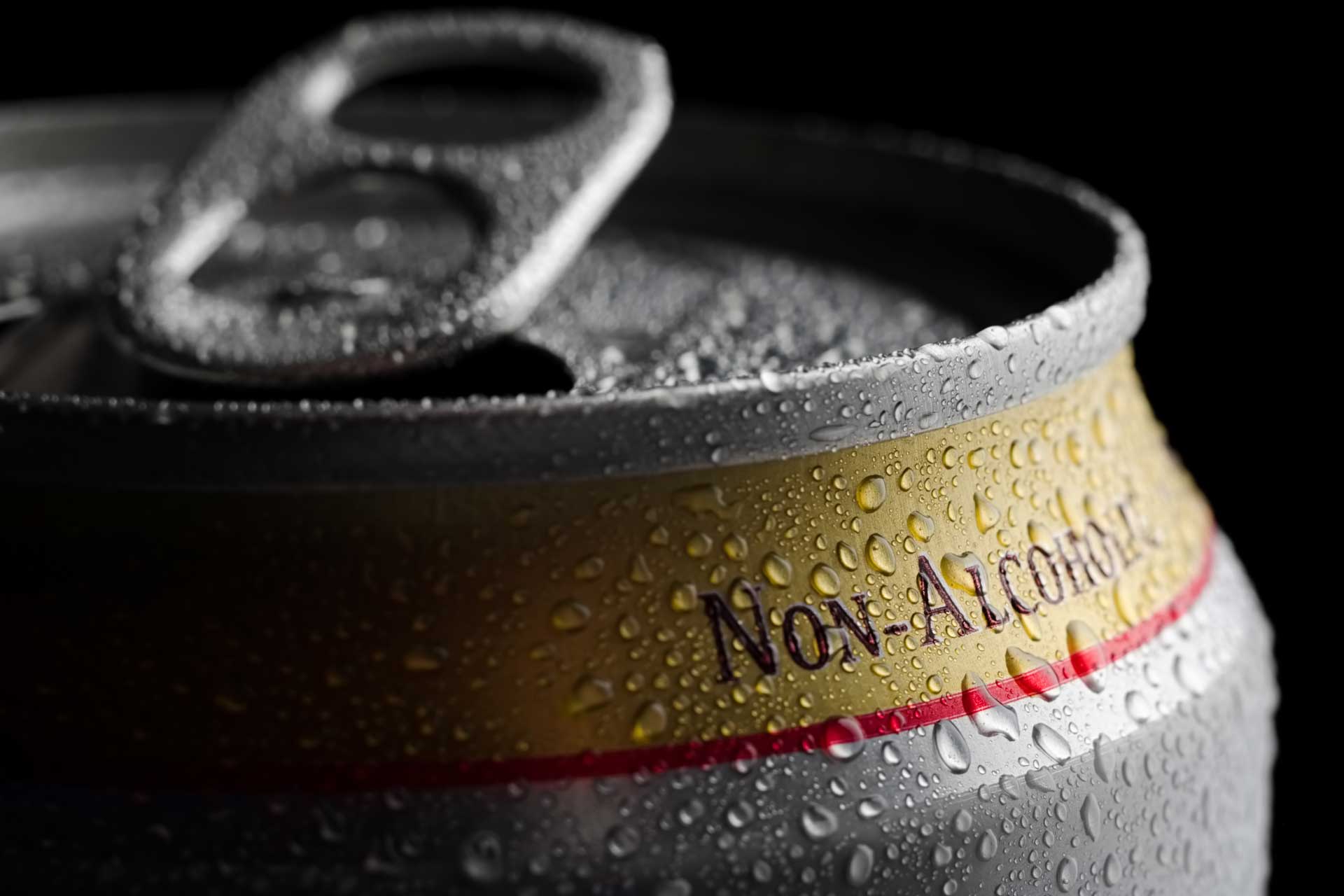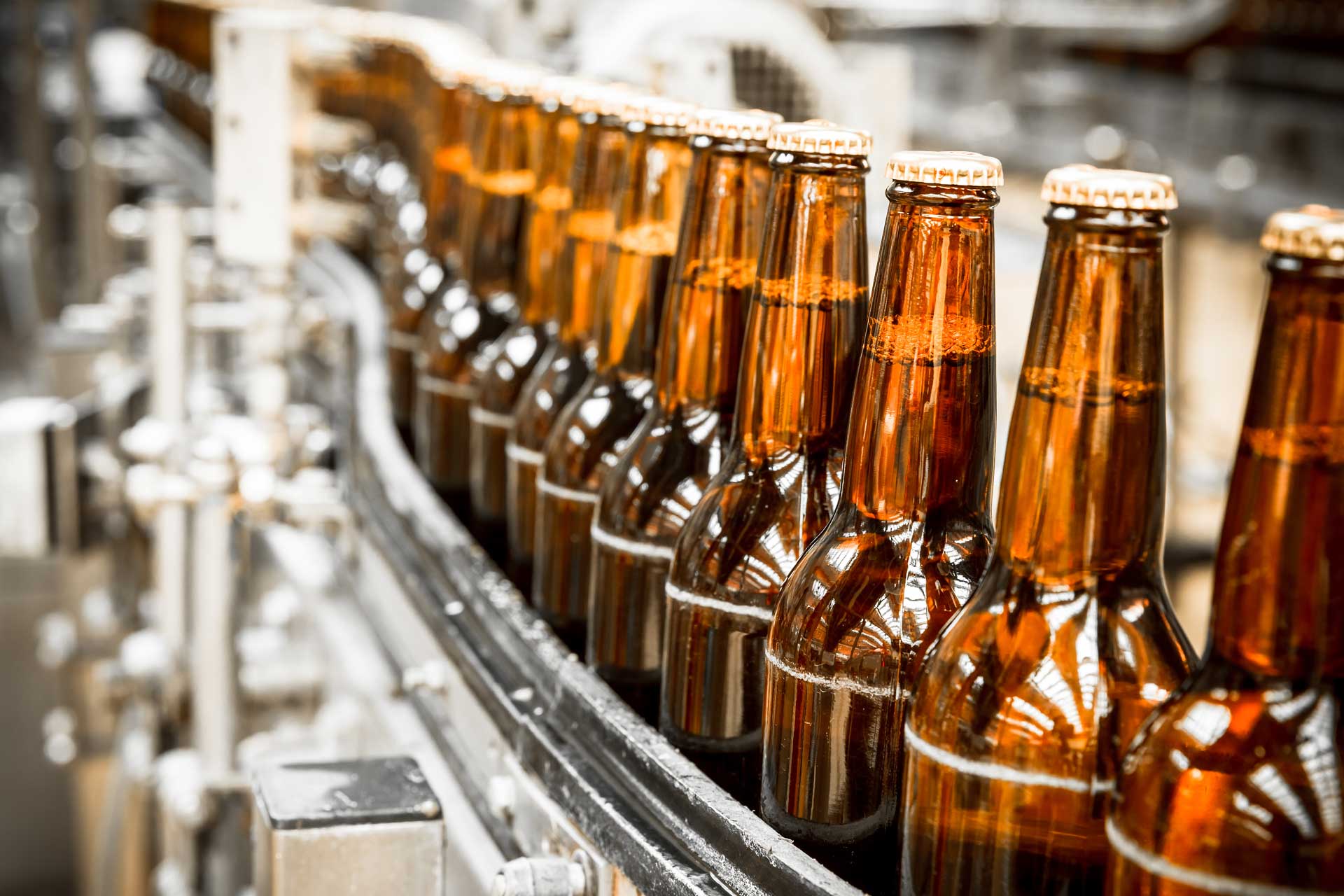Is your business making the most of tax benefits this year? As annual tax deadlines approach, consider the following credits and deductions available to breweries and distilleries in New York State.
Section 179 and Bonus Depreciation
Section 179 allows business owners to deduct the full cost of tangible property placed into service during the tax year. Eligible property includes machinery, equipment, certain vehicles, computers, software, and more. For a full list of eligible property, see IRS publication 946. For tax years beginning in 2024, the maximum expense deduction businesses can take is $1,220,000. This limit decreases when more than $3,050,000 worth of Section 179 property is placed into service during the tax year.
Bonus depreciation is another immediate expense deduction available to brewers and distillers. Bonus depreciation allows business owners to deduct a percentage of the cost of newly acquired property. The bonus depreciation rate for 2024 is 60 percent for certain qualified property. Note: Beginning in 2022, bonus depreciation percentages began decreasing as the incentive started phasing out. The rate will continue to go down by 20 percent each year until 2027 when the phase-out will be complete.
Combining Section 179 and bonus depreciation can result in significant tax savings for business owners. If you plan to utilize both benefits, keep in mind that Section 179 must be applied first.
Alcoholic Beverage Production Tax Credit
Registered distributors who produce beer, cider, wine, or liquor in New York are eligible for the Alcoholic Beverage Production Tax Credit if, during the tax year, they produced a maximum of 60 million gallons of beer or cider; 20 million gallons of wine; or 800,000 gallons of liquor.
For the first 500,000 gallons produced in the state, the tax credit equals:
- 14 cents per gallon of beer or cider
- 30 cents per gallon of wine
- $2.54 per gallon of liquor with alcohol by volume (ABV) between 2% and 24%
- $6.44 per gallon of liquor with an ABV above 24%
For amounts in excess of 500,000 gallons, the credit equals 4.5 cents per gallon up to 15 million additional gallons of beer, cider, or wine and up to 300,000 additional gallons of liquor. During an audit, you may be required to prove entitlement to the tax credit by providing copies of various forms (click here for a list.)
Please note that this credit is taxable. For more information, check out our article on the taxability of the NYS Alcohol Production Tax Credit.
Tipped Employee Credits
FICA Tip Credit
If you employ food and beverage service workers who customarily earn tips and you pay Social Security and Medicare taxes on those tips, you may be eligible to credit a portion of what you pay against your business income taxes. Recordkeeping requirements apply.
New York Tip Credit
If you employ food and beverage service workers who earn at least $30 a month in tips, a portion of those tips may be used to satisfy your minimum wage obligation. When taking this credit, recordkeeping and reporting requirements apply. More information on the NYS Tip Credit can be found here.
Conclusion
Don’t miss out on opportunities to maximize your tax benefits this year. These credits and deductions can save you money on taxes, and capital which can then be used to reinvest in your business. For more information on tax benefits available to your business, contact our experts at RBT CPAs. Our firm is here to support your business’s accounting, advisory, tax, and audit needs. Give us a call today to find out how we can be Remarkably Better Together.










